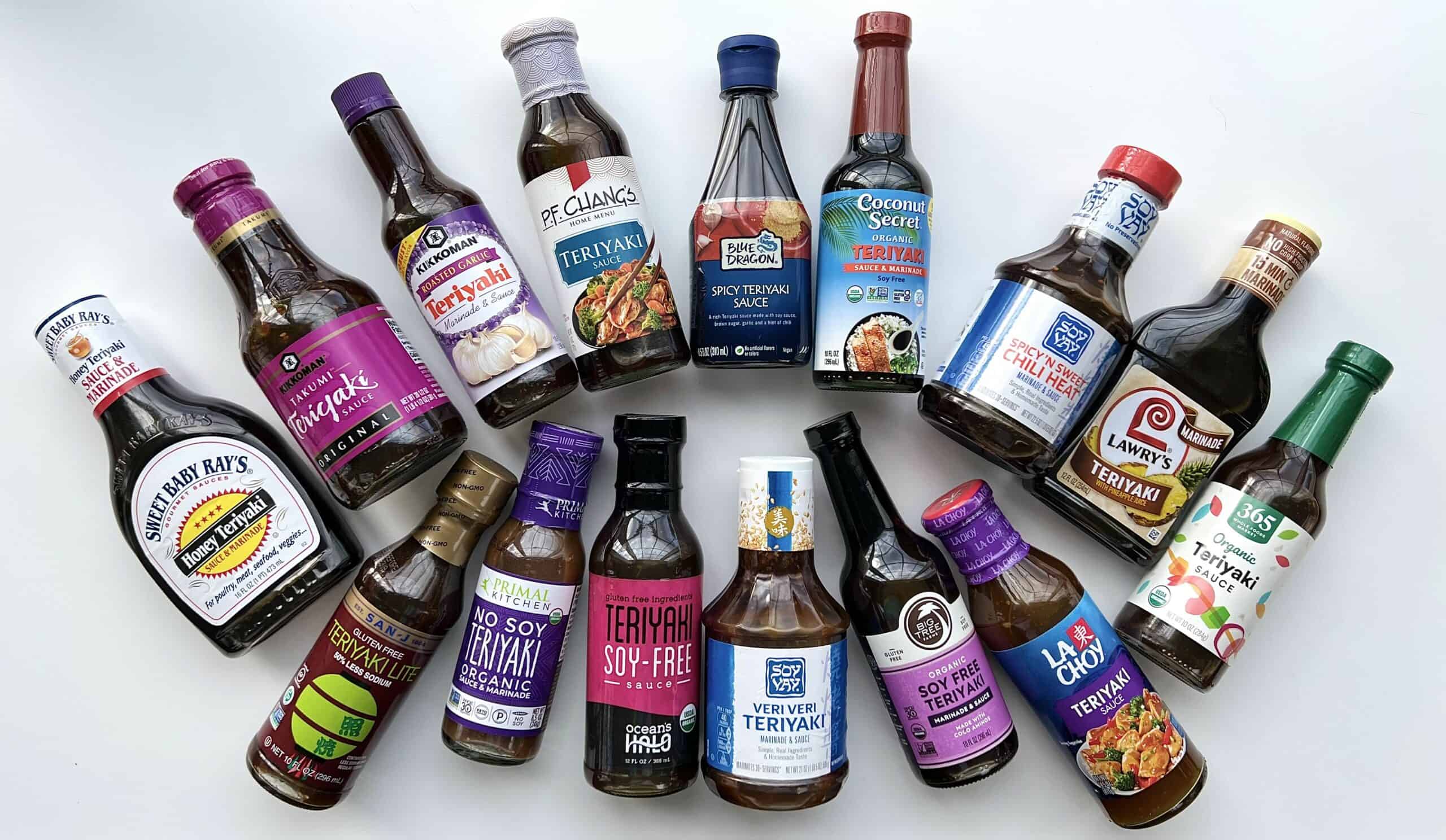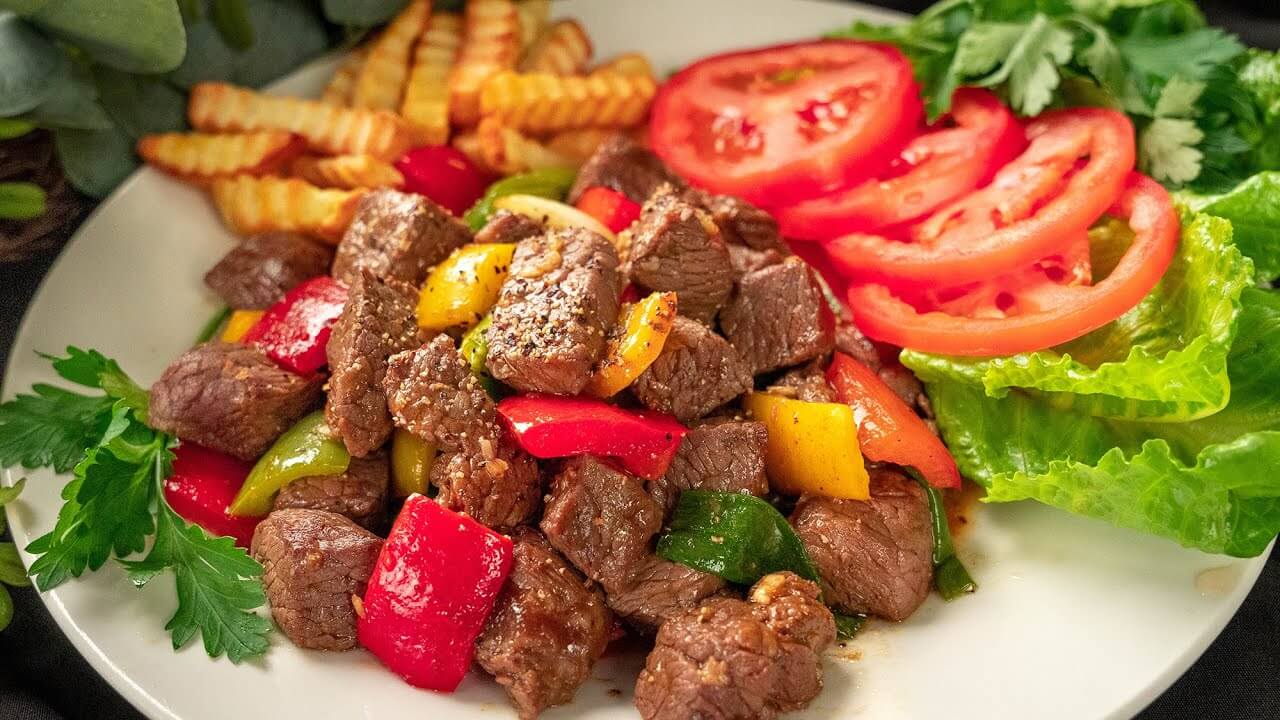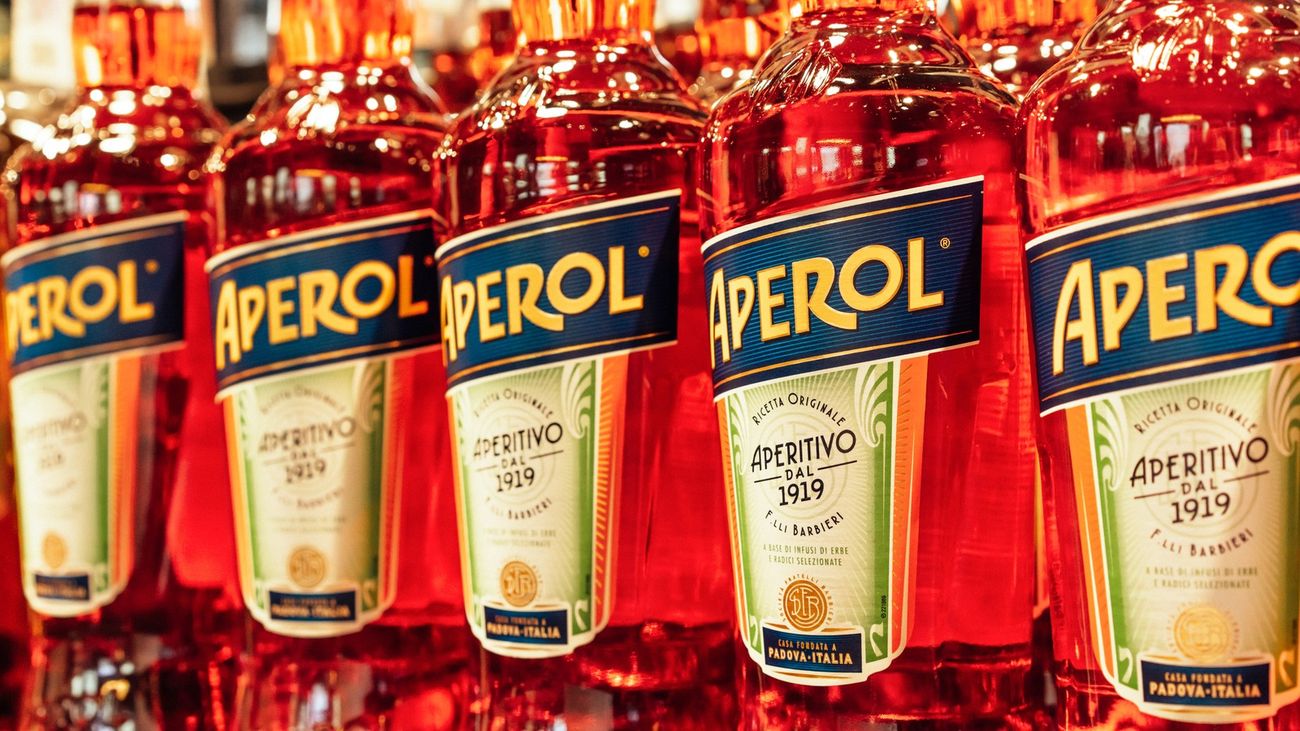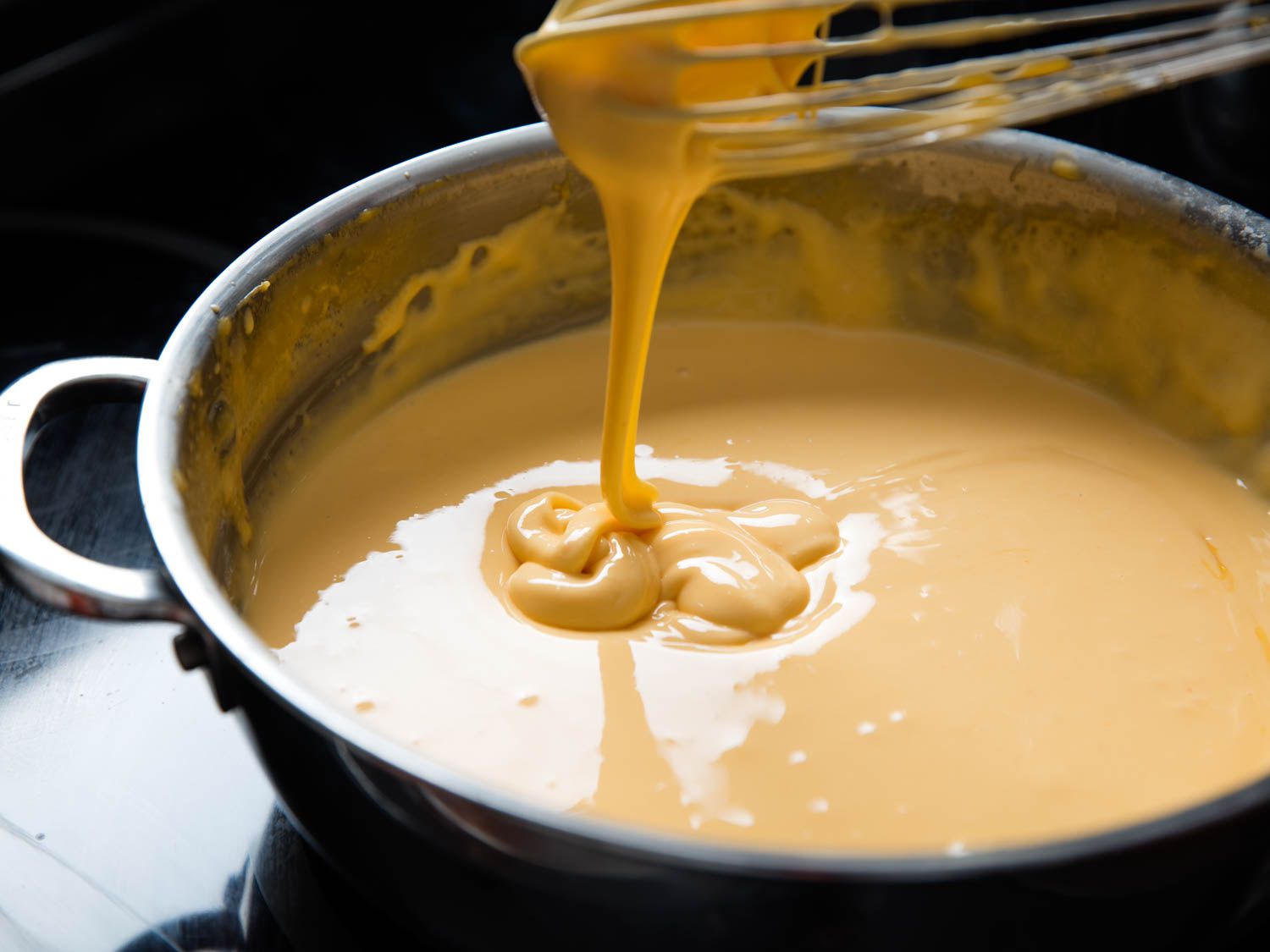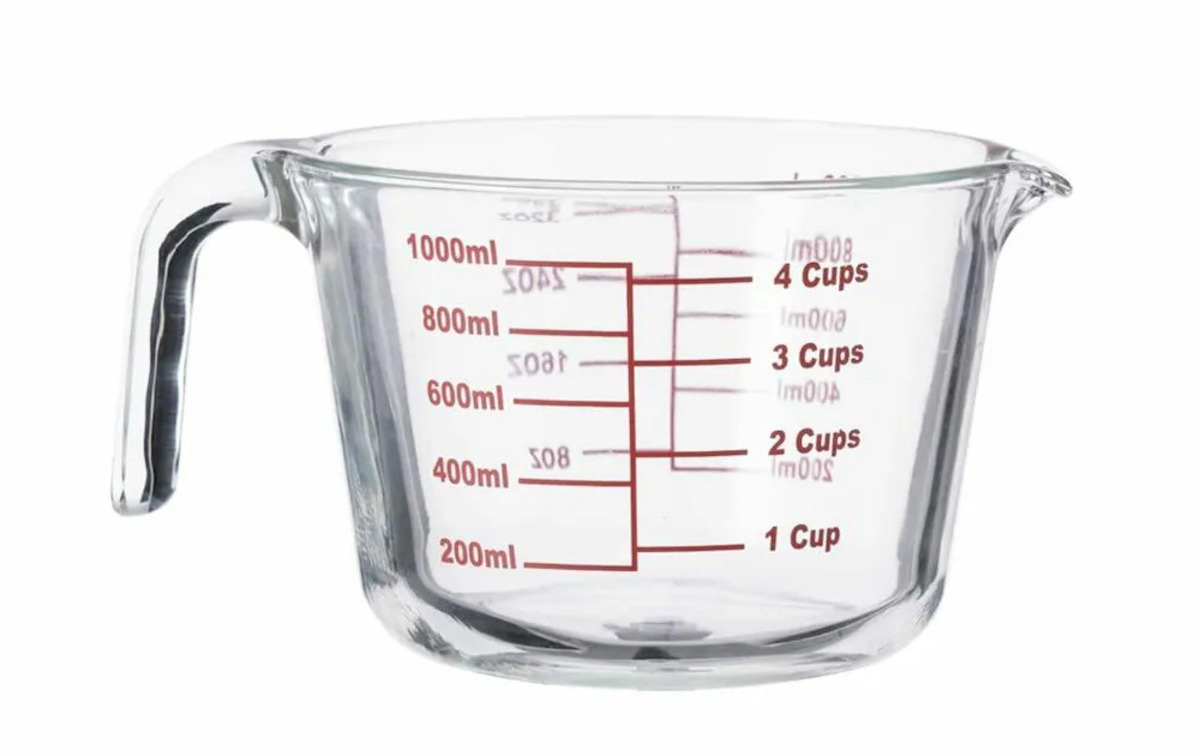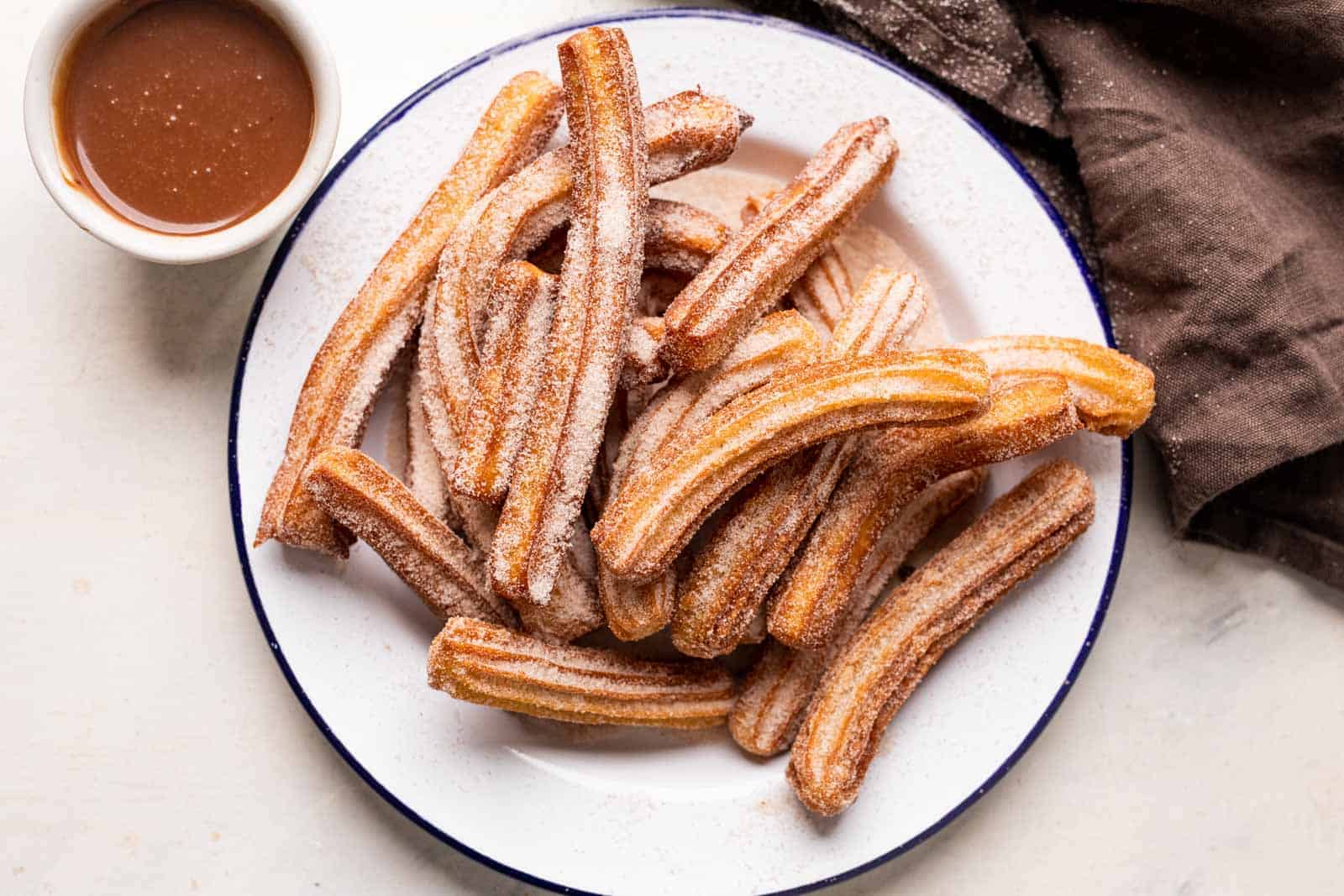Understanding Communion Wafers
Communion wafers, also known as altar bread or sacramental bread, are an integral part of the Christian religious practice of Holy Communion. These small, thin, and unleavened wafers hold significant religious symbolism and are used in various Christian denominations during the Eucharist, a central sacrament in the Christian faith.
History and Significance
The tradition of using communion wafers dates back to the Last Supper, where Jesus shared bread with his disciples, symbolizing his body, and wine, symbolizing his blood. This act of sharing bread and wine has been reenacted in Christian worship for centuries, with the bread taking the form of communion wafers.
Communion wafers are considered to be a representation of the body of Christ, and consuming them during the Eucharist is believed to symbolize the spiritual nourishment and unity of the Christian community.
Composition and Preparation
Communion wafers are typically made from wheat flour and water, and they are unleavened, meaning they do not contain any rising agents such as yeast. The use of unleavened bread is rooted in the Jewish tradition and is believed to harken back to the haste with which the Israelites left Egypt, not having time to allow their bread to rise.
These wafers are often prepared under strict guidelines to ensure their purity and suitability for use in religious ceremonies. In some cases, they may be stamped with religious symbols or designs before being used in the Eucharist.
Usage in Christian Worship
During the Eucharist, a priest or minister consecrates the communion wafers, believing that they are transformed into the body of Christ through the process of transubstantiation. The wafers are then distributed to the congregation, who consume them as a symbolic act of partaking in the body of Christ.
It is important to note that the significance and practices surrounding communion wafers may vary among different Christian denominations. For example, in the Roman Catholic Church, the communion wafers are required to be made from only wheat and water, while other denominations may have different guidelines for their preparation and use.
Conclusion
Communion wafers hold deep religious and symbolic significance in Christian worship, serving as a tangible representation of the body of Christ and the act of spiritual nourishment and unity within the Christian community. Their preparation and usage are steeped in tradition and vary across different denominations, but their central role in the Eucharist remains a unifying element for Christians around the world.
Whether you are a devout Christian or simply curious about religious practices, understanding the role and significance of communion wafers can provide insight into the rich tapestry of Christian traditions and beliefs.
Was this page helpful?
Read Next: What Is Colorful Cauliflower
